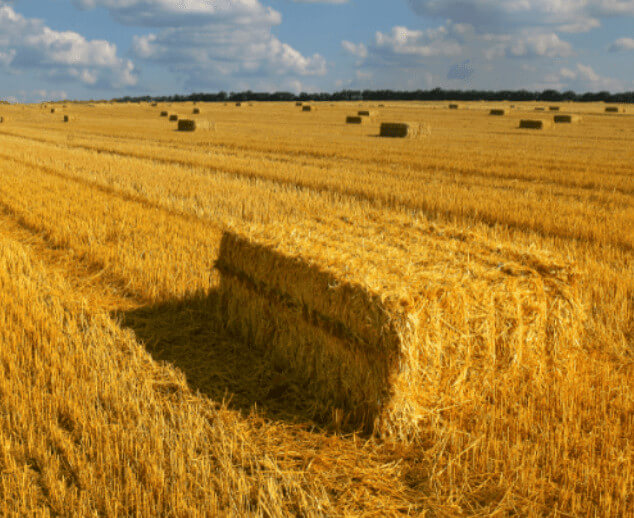Introduction:
In the quest for sustainable living, we often focus on reducing plastic or adopting renewable energy sources. However, there’s an unsung hero in the world of eco-friendly materials – wheat straw. This humble byproduct of wheat harvesting has been gaining recognition for its versatility and positive impact on the environment. Join us in exploring the fascinating world of wheat straw and how it’s becoming a game-changer in the pursuit of sustainability.
- The Harvesting Aftermath: Wheat Straw Emerges:When wheat is harvested, the straw left behind might seem like agricultural waste. However, this seemingly unremarkable byproduct has found a new purpose beyond the fields. Wheat straw, rich in cellulose fibers, is becoming a valuable resource in the fight against environmental degradation.
- Wheat Straw as a Sustainable Alternative:Unlike traditional plastic or single-use materials, products made from wheat straw are biodegradable and compostable. This makes wheat straw an attractive alternative for single-use items like cutlery, plates, and packaging materials. Industries are increasingly turning to this renewable resource to reduce their ecological footprint.
- Versatility in Everyday Products:Wheat straw is incredibly versatile and can be transformed into a range of everyday items. From disposable utensils and food containers to eco-friendly packaging, the applications of wheat straw in manufacturing are expanding. The use of wheat straw in product development is not only sustainable but also helps in reducing our dependence on non-renewable resources.
- Agricultural Benefits:Beyond its application in consumer products, using wheat straw has benefits for agriculture as well. Returning wheat straw to the fields as mulch or incorporating it into the soil can improve water retention, reduce soil erosion, and enhance soil fertility. This circular approach contributes to the overall health of agricultural ecosystems.
- Challenges and Considerations:While wheat straw offers promising eco-friendly solutions, it’s important to consider the challenges associated with its widespread adoption. Balancing the demand for wheat straw with the need to maintain soil health and biodiversity requires thoughtful agricultural practices and a commitment to sustainable resource management.
- Consumer Empowerment: Choosing Wheat Straw Products:As consumers, we have the power to drive change through our choices. Opting for products made from wheat straw and supporting businesses that prioritize sustainable materials sends a strong message to industries. It encourages a shift towards more environmentally responsible practices.
Conclusion:
Wheat straw may not be as glamorous as some other eco-friendly alternatives, but its impact on sustainability is undeniable. As we look for ways to reduce our ecological footprint, let’s celebrate the versatility of wheat straw and embrace its role as an unsung hero in the journey towards a more sustainable and environmentally conscious future.

